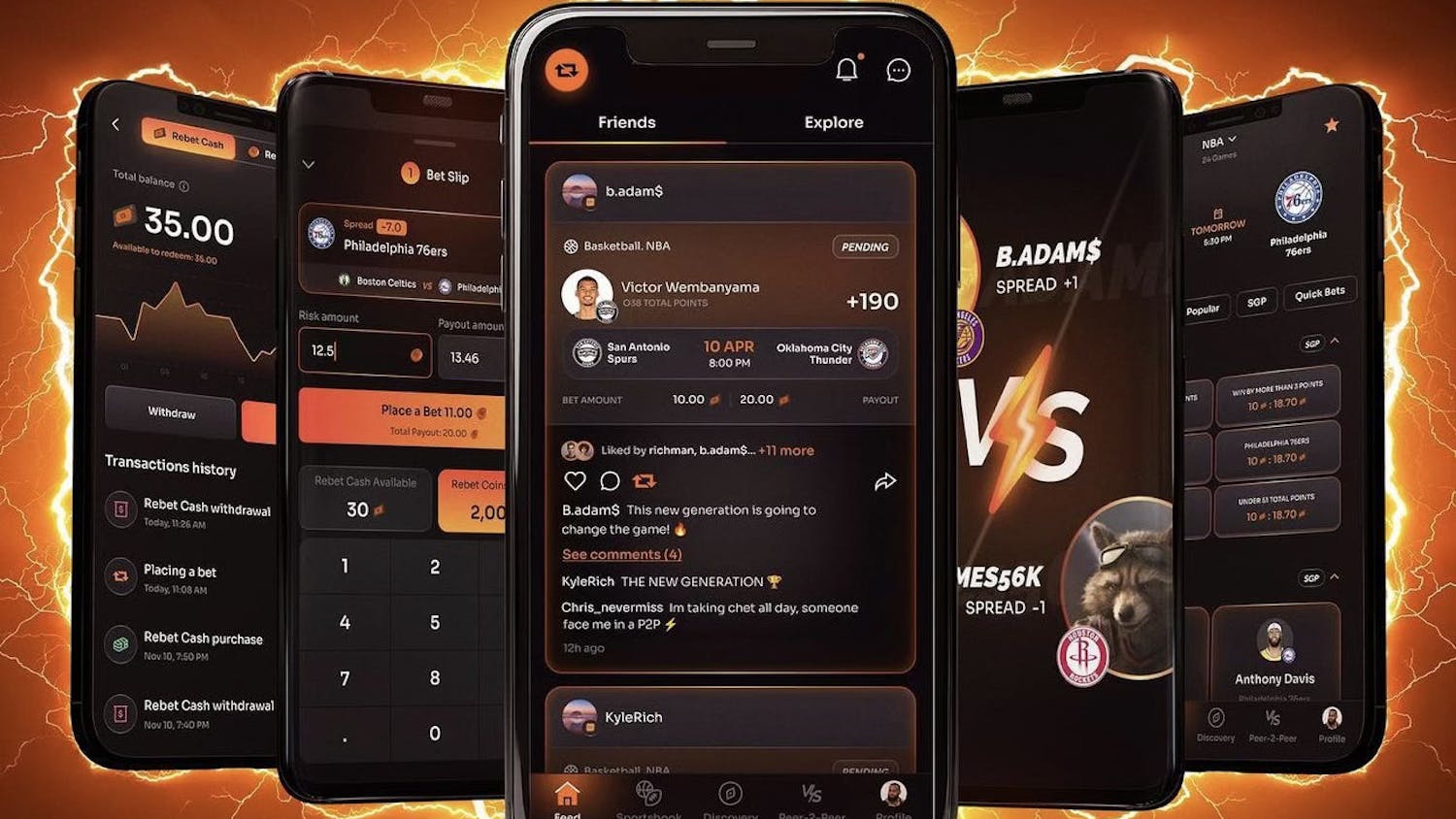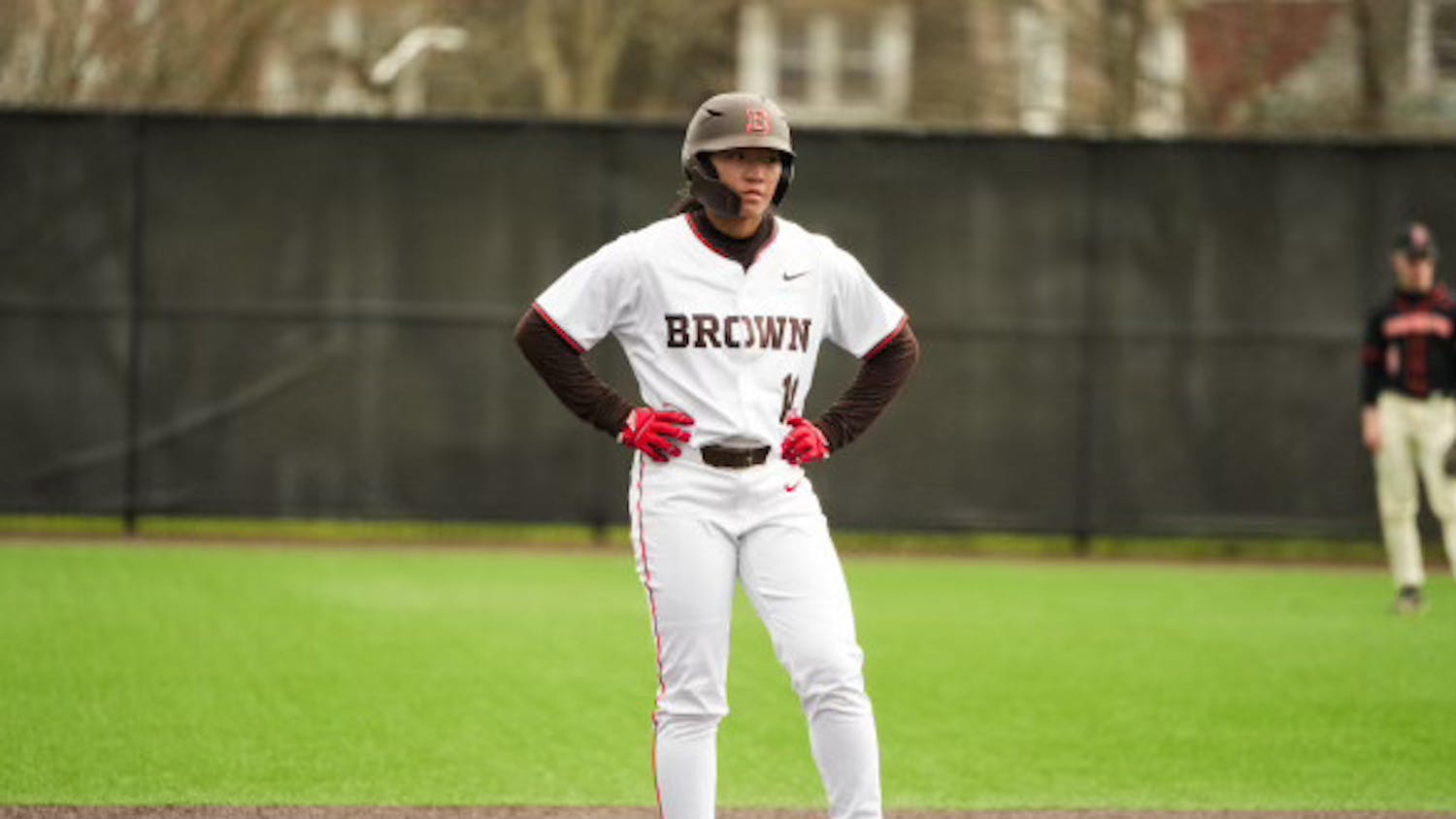It’s getting closer people. The time of the year when families come together during college basketball’s biggest stage and say things like, “I picked the wrong upsets this year,” “Duke is overrated” and “Where in the country exactly is Creighton again?” As the selection committee prepares to pick the teams to field the NCAA Tournament, I’d like to take a look at some of the teams that are right on the edge of making the tournament and if these teams have a chance of making some noise down the stretch.
Bubble teams are teams in a major conference like the Atlantic Coast Conference, Big East, Big Ten, Southeastern Conference, Big 12 or Pac-12 that may or may not make the NCAA Tournament. These teams will more likely than not be seeded at No. 10 to 12, and four of these bubble teams will have to play a play-in game against other bubble teams for the chance to make the tournament. These teams have the chance to do well in the tournament, so they are worth paying attention to.
My hometown team Syracuse University in 2016 was one example of a bubble team exceeding expectations in the NCAA Tournament. The team was having a tumultuous season and the middle of the season was marked by head coach Jim Boeheim’s nine-game suspension, during which the Orange went 4-5 and lost its first three ACC matches. After a loss to the University of North Carolina at home the game of Boeheim’s return, the Orange would win eight of its next nine games, including wins over then-25th-ranked University of Notre Dame and then-20th-ranked Duke University in Durham, North Carolina. The Orange would then drop five of its last six games and make the tournament as a No. 10 seed, finishing with a 19-13 record while going 9-9 in ACC play.
The rest is history. Syracuse pulled off an improbable Final Four run, beating 7-seed University of Dayton, 15-seed Middle Tennessee State University, 11-seed Gonzaga University and 1-seed University of Virginia, coming back from a 14-point deficit in the final 10 minutes against Virginia. Syracuse then lost to 1-seed University of North Carolina in the Final Four, ending its run.
As is seemingly tradition, Syracuse is again very much on the bubble this season. Currently, Syracuse has an 18-11 record, with a 7-9 record in ACC play. Sophomore guard Tyus Battle is the leader of this team; he currently leads Division I players in minutes played per game, averaging 38.7 minutes out of a possible 40. This stat is indicative of how thin Syracuse is on the bench. Battle has played in 95.3 percent of the team’s minutes, first in the nation, junior guard Frank Howard in 94.1 percent, fifth in the nation and first-year forward Oshae Brissett plays in 93.1 percent, 10th in the nation. These three players play almost the entire game for the Orange, and as one might expect, Syracuse’s bench makes up 17.4 percent of the team’s minutes, last in the nation. Injuries have played a role, and Syracuse currently has seven healthy scholarship players on its roster; the bench is made up of backup forward Matthew Moyer and backup center Bourama Sidibe. That’s it. Syracuse is stretched as thin as possible, and the Orange still don’t have a win over an opponent ranked in the top-25 — its best win is a road victory over the University of Louisville. Syracuse is offensively challenged; its effective field goal percentage is 47.6 percent, No. 311 in the nation. The team’s schedule is also brutal down the stretch, traveling to Boston College before hosting 15th-ranked Clemson University to close out their season. I don’t know if Syracuse can make the tournament with seven players and the schedule it has but if it can make some noise in the ACC Tournament, the committee might be impressed.
Another team on the bubble is fellow upstate New York school St. Bonaventure University. St. Bonaventure is a member of the Atlantic 10 conference, currently led by 18th-ranked University of Rhode Island. St. Bonaventure is currently 22-6, with an 12-4 record in A-10 play. Because it’s a mid-major program, St. Bonaventure doesn’t play many top-tier programs but it beat Syracuse and Maryland this year, and unlike Syracuse, also has a ranked win, beating Rhode Island once. St. Bonaventure’s star player is senior guard Jaylen Adams, the team’s leading scorer who started off February with two back-to-back 40-point games. If the Bonnies want to make the tournament, they’ll most likely have to win out.
Another mid major program that’s not exactly a bubble team is Middle Tennessee. The Blue Raiders are a part of Conference USA, a conference that traditionally only sends one team to the NCAA Tournament per year. Middle Tennessee is no stranger to causing first round upsets; the team has made the NCAA Tournament the past two seasons. In 2016, the 15-seed Blue Raiders upset No. 2 Michigan State University in the first round, and in 2017, the 12-seed Blue Raiders upset No. 5 University of Minnesota in the first round. Middle Tennessee, who sits at 23-5 overall and 15-1 in conference play, is in first place in Conference USA by one game, and it plays second-place Western Kentucky University this Thursday. If Middle Tennessee can hold on to first place, it is currently projected by Joe Lunardi at ESPN to be an 11-seed playing against No. 6 Florida State University. This game would be a battle of the boards; Florida ranks 28th in offensive rebound percentage, while Middle Tennessee ranks 10th in defensive rebound percentage. Expect this game to be high on a lot of people’s upset lists.
To close this week, if you’re looking for a game to watch, wait until next Sunday to watch currently 11th-ranked University of Cincinnati (25-4, 14-2 AAC) travel to 13th-ranked Wichita State University (23-5, 13-3 AAC) in a season finale that may have first-place implications in the American Athletic Conference. Wichita’s sixth-ranked offensive efficiency (122.2 points per 100 possessions) will go up against Cincinnati’s second-ranked defensive efficiency (87.8 points per 100 possessions) in the game of the week. Wichita State won the last matchup 76-72 earlier this season behind senior center Shaquille Morris’ 13 points, three rebounds, two blocks and two steals. However, Wichita State struggles defending the shot and creating turnovers on defense; the Shockers are ranked eighth out of 12 teams in the conference in both categories. Cincinnati’s offense is not excellent by any means, with a 45th-ranked offensive efficiency of 114.8 points per 100 possessions but I think it’s good enough to get the road win and lock up first place in the American.
Prediction: Cincinnati wins 73-71.



